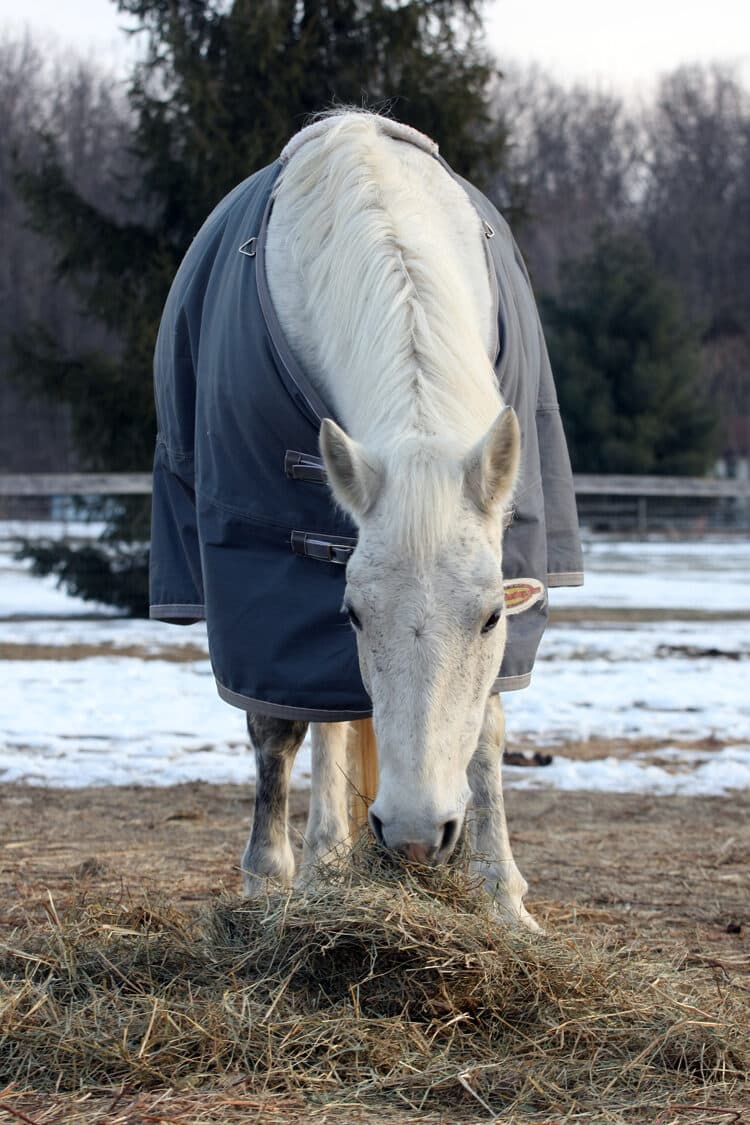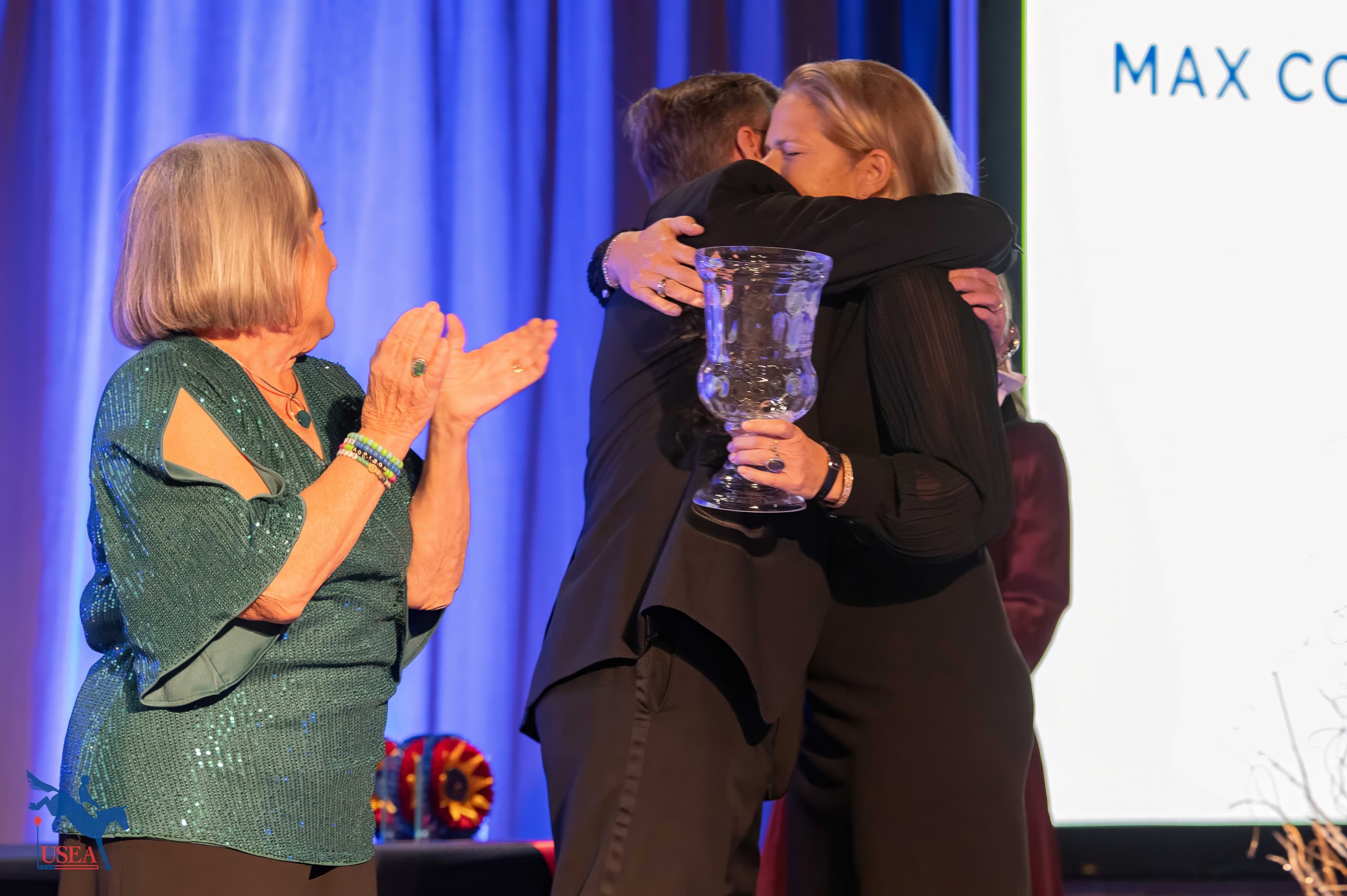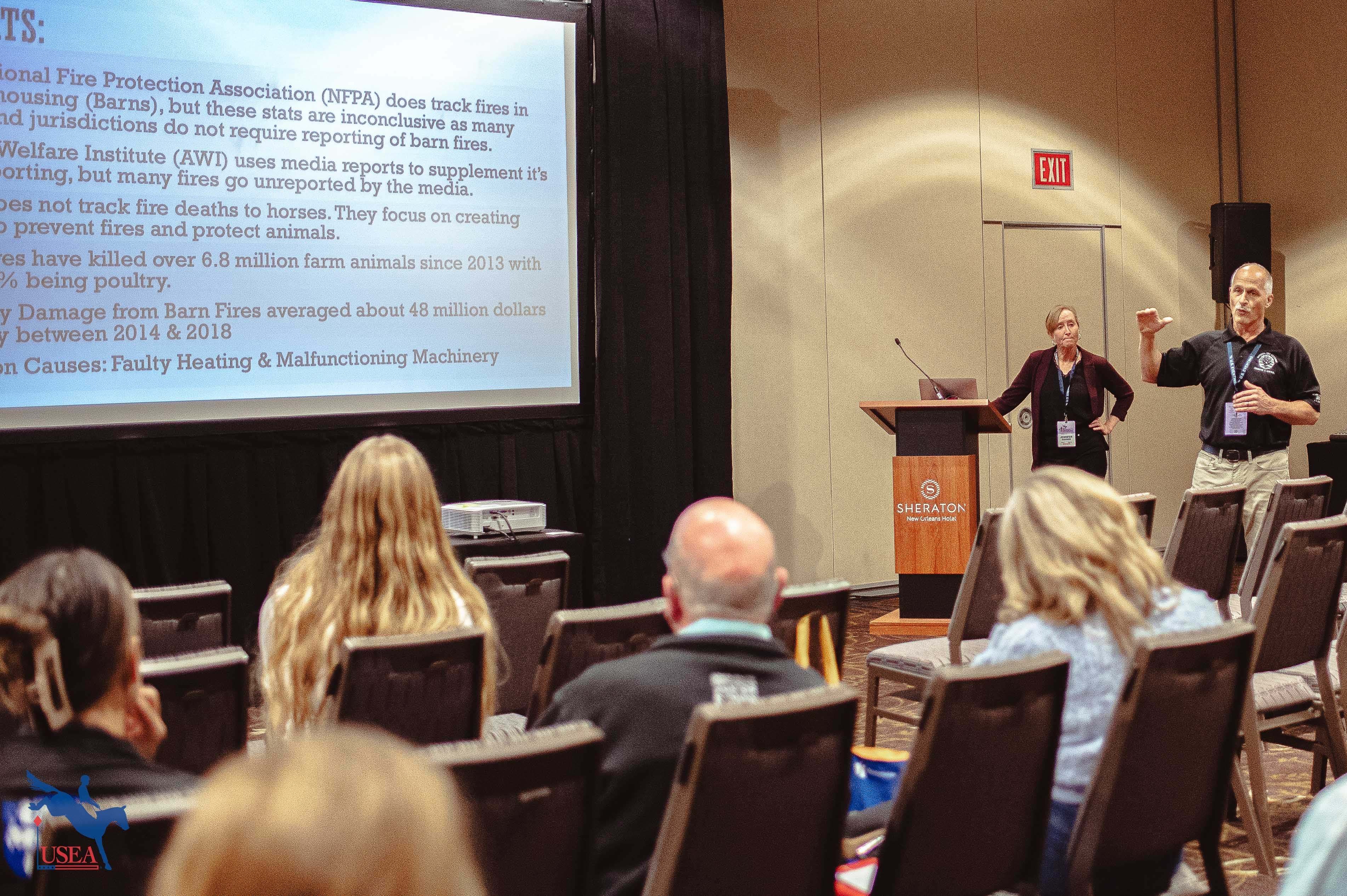Hay Shortage Has Horse Owners Looking at Alternatives

Following the most extensive drought in 25 years, horse owners are facing hay shortages, increased prices and pastures in poor condition.1 We asked an equine nutrition expert about alternatives to feeding hay and what horse owners can do to help fill the gap left by these unusual and difficult conditions.
To get a complete picture of why hay is important to horses’ diets, Jolene Wright, Consumer Service Specialist, Nutrena, responded to some commonly asked questions.
Q. What does hay in a horse’s diet provide?
A. Hays and forages make up the majority of a horse’s diet and provide necessary complex carbohydrates they need, as well as protein and vitamins and minerals. Complex carbohydrates include hemicellulose, cellulose and lignin. These complex carbohydrates form in the cell wall in plants and provide fiber in the horse’s diet.
Q. How much hay does a horse need?
A. Horses require one to two percent of their body weight in forage daily, depending on their activity level and life stage. For a 1,000-pound horse, that would translate to 10 to 20 pounds of hay per day. Growing, breeding and working horses need additional supplementation to meet daily nutrient requirements.
Q. Is any hay okay, or are there things a horse owner should look for when choosing hay?
A. Horse owners should always seek out good quality hay. If it is coarse and stemmy, it’s a sign that the hay was baled when it was too mature and has high levels of lignin, which is not readily digested and has no nutritional value. This can increase the risk of gastric disturbances and distension of the digestive tract.
Q. Why has the drought impacted the hay crop?
A. When there is insufficient rain, the plant doesn’t get enough growth to cut at the proper stage for optimum nutrient levels. Cutting and baling hay at the proper nutrient stage varies from one type of forage plant to another and is also dependent on the climate and weather.
Q. What are some alternatives if I can’t find good hay that’s affordable in my area?
A. First, because hay provides long-stem forage which is ideal for the horse’s digestive system, it is better to stretch the existing hay source instead of feeding all the hay first and then switching to a hay replacement product. There are many products available that can provide the fiber, protein, and vitamins and minerals a horse needs every day. Other forage options include hay cubes, hay pellets, compressed hay, chopped hay in bags and complete feeds with high levels of fiber that can be fed as a sole ration.
Q. Is there anything I need to do when adding one of these replacement type feeds to my horse’s diet?
A. It’s best to consult with your veterinarian to ensure a seamless transition. Then, make the changes gradually over seven to 10 days, following recommended feeding rates for the horse’s individual weight and activity level.
Q. In warmer climates where the grass doesn’t go dormant, can that make up for a lesser amount of hay?
A. Winter pasture can provide a level of energy, protein, vitamins and minerals. The quantity and quality of winter pasture will determine the amount of additional hay or hay replacement type product that a horse will need. Too many horses on a small amount of pasture will reduce the amount available to the horse and can deplete nutrient yield. Horse owners can get the suggested minimum number of acres per horse from the local agriculture extension agent for their specific area. For horses on winter pasture, it’s important for the horse owner to assess the body condition score of the horses and monitor their body condition through winter months. This will help determine if they are getting enough dry matter intake from winter pasture.
Jolene Wright has a master’s degree in Animal Science from West Texas A & M University, a bachelor’s degree in Agricultural Business and Equine Industries from West Texas A & M, and two associate degrees in Equestrian Science and horse Science Technology from Black Hawk College. Wright is a two-time American Quarter Horse Association (AQHA) World Champion and was a member of the West Texas A & M and Black Hawk College AQHA World Championship Horse Judging Team, West Texas A & M National Reining Horse Association Championship Horse Judging Team and West Texas A & M National Champion Equestrian Team.














